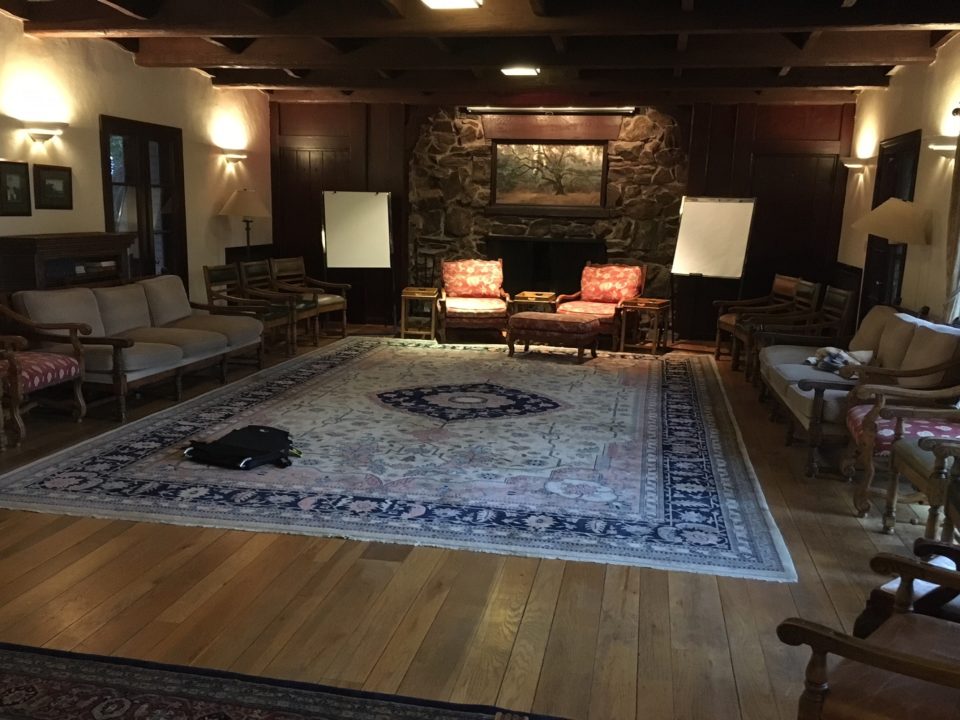Structure of Hope

Practitioner Training: Understanding Anchors
November 9, 2011
NLP Practitioner Training: Working with Procrastination
April 4, 2012Structure of Hope
by Carl BuchheitWhy Hope is Good...
Hope is simply the capacity to imagine a positive future. Constructive hope is the ability to predict a positive future as a probable outcome of past and present choices and events. Really, really successful hope is the ability to so thoroughly presuppose a positive future that hope no longer seems to be a part of the process. Thus, very high quality, very skillful hope makes hope unnecessary, as in, “Why, I’m not hopeful; I’m powerful and creative. Powerful and creative people don’t need hope. Hope is for the low and the weak!”Wrong!
Hope is always part of a good life that is lived respectfully. Hope is a major and essential maneuver of perception, a startling awareness of contrast, and the first step in making and sustaining new choices. In fact, hope is so important that we will often give it up, or lose it, in order to keep on having it. Children living in emotionally grim conditions do this all the time. When life is so bad, unpredictable, dangerous, or so crazy for them that they cannot bear to have any more hope, they give up hope (aka “being hopeless”). If they can give up hope thoroughly enough, they usually notice that they can begin to hope again. Deciding that we cannot imagine things being better removes the pressure that comes from perceiving a continually failed, negative future. With the pressure of failure lifted, no matter how dark things are, hope re-boots itself in the child’s consciousness, and so a reaching for something better resumes. Without this reaching, there is despair, despair being the English version of the French word for “no hope.”
When we hope, when we have hope, when we are hope-full, we offer life our blessing, and we open the way to allowing ourselves an identity as loving, creative, and properly powerful beings. This has got to be good!
Why Hope Can Also Be Bad
Whether hope is useful (positive) or dysfunctional (negative) depends on how it operates within the all-important comparison steps in our “strategies”-- the sequences of conscious and unconscious pictures, sounds, and feelings that we use to create and sustain our experience of “reality.” “Positive hope” is achieved by comparing the present and the future in such a way that good feeling about the future is the natural outcome. “Negative hope” develops when we compare the present with the future in such a way that the result is just more bad feeling about the present. In the production of “negative hope,” the imagination and perception of the possibility of a better future is used to subtly indict or directly accuse the past, and to equivalently dis-empower the present. “Negative hope” proffers the consolations of low powerlessness and offers us a seductive opening to victimization. “Negative hope” eases some of our pain, but the treatment is terribly poisonous over time.This is a poor substitute for choice. This is usually not good. This is bad. It is a maneuver of accusation. As dysfunctional hope seduces us into the consolations of low powerlessness, it develops into a form of malicious compliance.
It negates all that it purports to support. It is a powerful being’s revenge on an actively co-creative universe that has failed to adequately conform that power. It is a paltry reaching out that seems mainly to justify our turning away from what life is eager to mirror to us positively.
However, this is still hope! Even dysfunctional hope will eventually cause us to relent (which is from the Latin “to soften”) and reach again for something better. Even dysfunctional hope keeps us in the game of life until we can want to want, and thus to begin to reach and reach again. This has got to be good.
So, hope is good!




